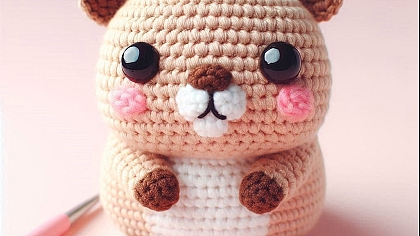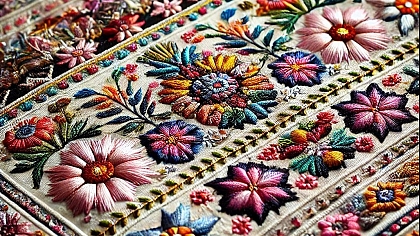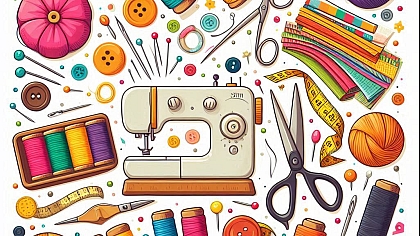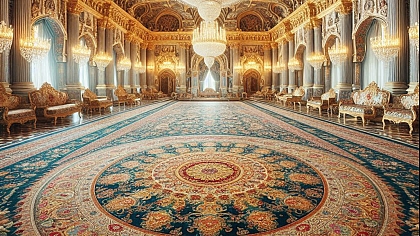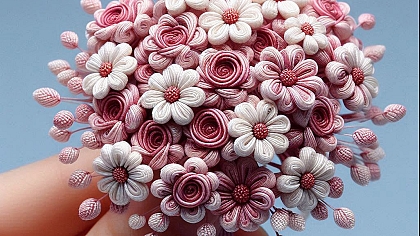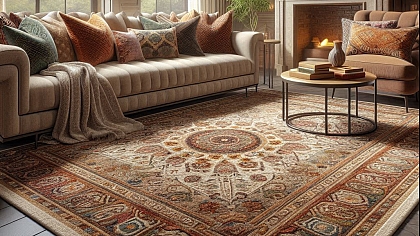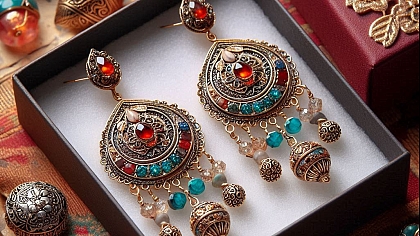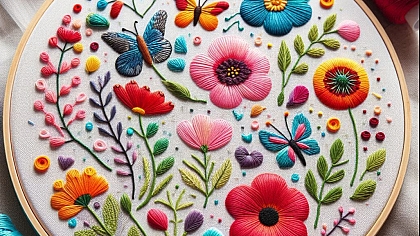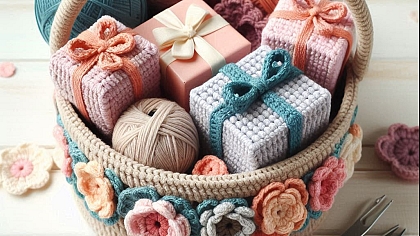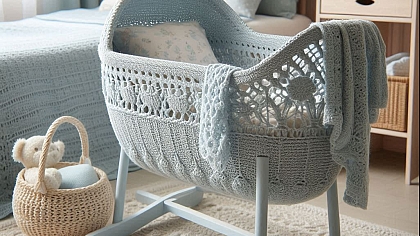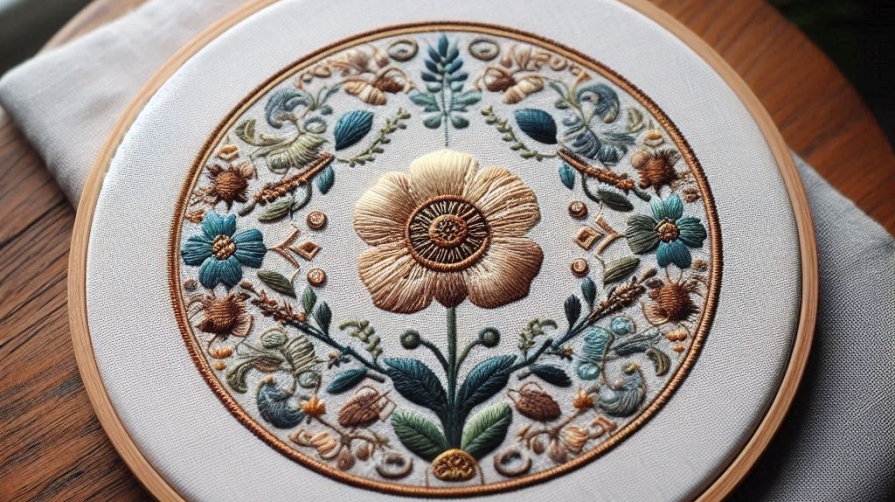
10 Embroidery Stitches Every Crafter Should Know
Embroidery is a timeless craft that has adorned fabrics and garments for centuries. Whether you're a novice or an experienced crafter, knowing a variety of stitches can enhance your projects and broaden your creative possibilities. Here, we explore ten essential embroidery stitches every crafter should master, each offering unique textures and patterns to enrich your work.
Backstitch
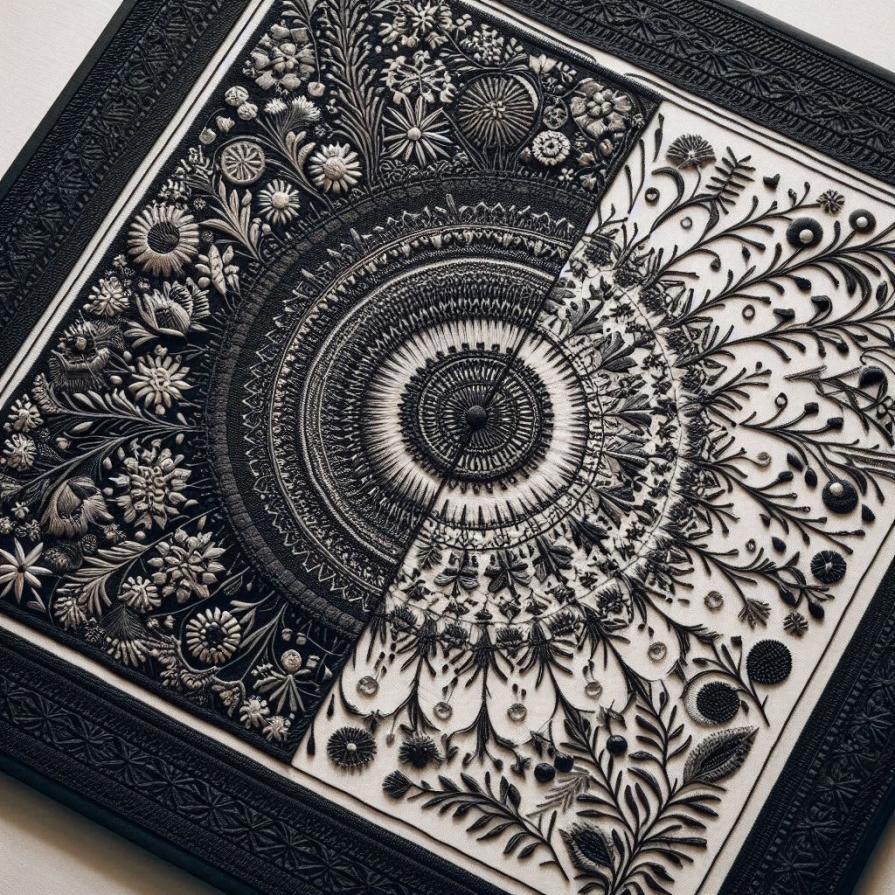
The backstitch is one of the most fundamental stitches in embroidery. It creates a solid, continuous line, making it ideal for outlining shapes and adding detail to your designs. To execute a backstitch, bring your needle up through the fabric, take a small step back, and insert the needle down. Bring it up again a short distance ahead of the first stitch, and repeat the process. This stitch is particularly useful for writing text, defining borders, and creating intricate line work. Its simplicity and versatility make it a go-to stitch for many embroidery projects.
The backstitch not only offers structural support to your designs but also adds a polished and professional finish. By adjusting the length of each stitch, you can achieve varying textures and effects. For instance, shorter stitches provide a more refined and detailed appearance, perfect for delicate work, while longer stitches can be used for bold outlines. This stitch is essential for any crafter’s toolkit, providing a solid foundation for more complex techniques.
Running Stitch
The running stitch is perhaps the simplest of all embroidery stitches, often one of the first learned by beginners. It consists of a series of small, even stitches that run along a line. To create a running stitch, bring the needle up through the fabric, make a small stitch forward, and bring the needle up again a short distance ahead. This process is repeated, creating a dashed line effect.
Despite its simplicity, the running stitch is incredibly versatile. It can be used for outlining, creating textures, and even quilting. By varying the length and spacing of the stitches, you can achieve different effects, from fine, delicate lines to bold, dashed patterns. The running stitch is also the basis for more advanced techniques such as the whipped running stitch and the laced running stitch, where additional threads are woven through the basic running stitches to create decorative effects.
Chain Stitch

The chain stitch is a beautiful and decorative stitch that resembles a series of interconnected loops or links in a chain. It is often used for outlining shapes and adding texture to designs. To create a chain stitch, bring your needle up through the fabric and make a small loop, then bring the needle down close to where it emerged, and bring it up again within the loop to secure it. This process is repeated, creating a chain-like effect.
This stitch is particularly effective for creating flowing lines and organic shapes, such as vines, leaves, and floral patterns. It can also be used to add a raised, textured effect to your embroidery, making it stand out against the fabric. By varying the size of the loops, you can create different looks, from tight, compact chains to loose, airy ones. The chain stitch is a versatile and decorative addition to any embroiderer’s repertoire.
Satin Stitch
The satin stitch is a filling stitch that creates a smooth, glossy surface, perfect for adding solid areas of color to your embroidery. It is often used to fill in shapes such as petals, leaves, and geometric patterns. To create a satin stitch, bring your needle up through the fabric at one edge of the shape you want to fill, then bring it down at the opposite edge, and repeat this process closely together to cover the entire area.
Achieving a smooth and even satin stitch requires practice and patience. The key is to keep your stitches parallel and closely spaced, ensuring that the fabric underneath is completely covered. The satin stitch can be used with a single strand of thread for a delicate effect or multiple strands for a bolder, more substantial look. It adds a luxurious and polished finish to your embroidery, making it an essential stitch for creating detailed and vibrant designs.
French Knot
The French knot is a small, raised stitch that adds texture and dimension to your embroidery. It is often used to create dots, flower centers, and decorative accents. To create a French knot, bring your needle up through the fabric, wrap the thread around the needle a couple of times, and then insert the needle back into the fabric close to where it emerged, holding the wraps taut as you pull the needle through.
French knots can be used singly or in clusters to create various effects. They are perfect for adding texture to floral designs, creating the illusion of beads or pearls, and adding intricate details to your work. By varying the number of wraps and the thickness of the thread, you can create knots of different sizes and densities. Mastering the French knot adds a versatile and decorative element to your embroidery skills.
Stem Stitch

The stem stitch is a versatile stitch that creates a smooth, slightly raised line, making it ideal for outlining shapes and creating stems and vines. To create a stem stitch, bring your needle up through the fabric, make a small stitch forward, then bring the needle up again halfway back along the first stitch. This process is repeated, with each stitch overlapping the previous one slightly.
The stem stitch is particularly effective for creating curves and flowing lines, as it can easily follow the contours of your design. It adds a textured, rope-like effect to your embroidery, making it stand out against the fabric. This stitch is often used for floral designs, adding a natural and organic feel to stems and leaves. By varying the length and direction of the stitches, you can achieve different effects, from tight, compact lines to loose, flowing ones.
Lazy Daisy Stitch
The lazy daisy stitch, also known as the detached chain stitch, is a simple yet decorative stitch that is perfect for creating flower petals, leaves, and other small motifs. To create a lazy daisy stitch, bring your needle up through the fabric, make a small loop, then bring the needle down at the same point where it emerged, and bring it up again within the loop to secure it. This process is repeated to create individual petals or motifs.
The lazy daisy stitch is particularly effective for creating floral designs, adding a whimsical and playful element to your embroidery. It can be used singly or in clusters to create various effects, from delicate flowers to intricate patterns. By varying the size and spacing of the loops, you can create different looks, from tight, compact petals to loose, airy ones. The lazy daisy stitch is a versatile and decorative addition to any embroiderer’s repertoire.
Split Stitch
The split stitch is a versatile stitch that creates a textured, slightly raised line, making it ideal for outlining shapes and creating decorative patterns. To create a split stitch, bring your needle up through the fabric, make a small stitch forward, then bring the needle up again in the middle of the previous stitch, splitting the thread. This process is repeated, with each stitch splitting the previous one slightly.
The split stitch is particularly effective for creating curves and flowing lines, as it can easily follow the contours of your design. It adds a textured, braided effect to your embroidery, making it stand out against the fabric. This stitch is often used for outlining shapes, adding a decorative element to borders, and creating intricate patterns. By varying the length and direction of the stitches, you can achieve different effects, from tight, compact lines to loose, flowing ones.
Feather Stitch
The feather stitch is a decorative stitch that creates a series of V-shaped stitches, perfect for creating borders, adding texture, and creating organic shapes such as leaves and branches. To create a feather stitch, bring your needle up through the fabric, make a small stitch to the side, and bring the needle up again in the middle of the first stitch. This process is repeated, with each stitch forming a V-shape.
The feather stitch is particularly effective for creating flowing lines and organic shapes, as it can easily follow the contours of your design. It adds a textured, decorative effect to your embroidery, making it stand out against the fabric. This stitch is often used for creating borders, adding a whimsical element to floral designs, and creating intricate patterns. By varying the size and direction of the stitches, you can create different looks, from tight, compact lines to loose, airy ones.
Blanket Stitch
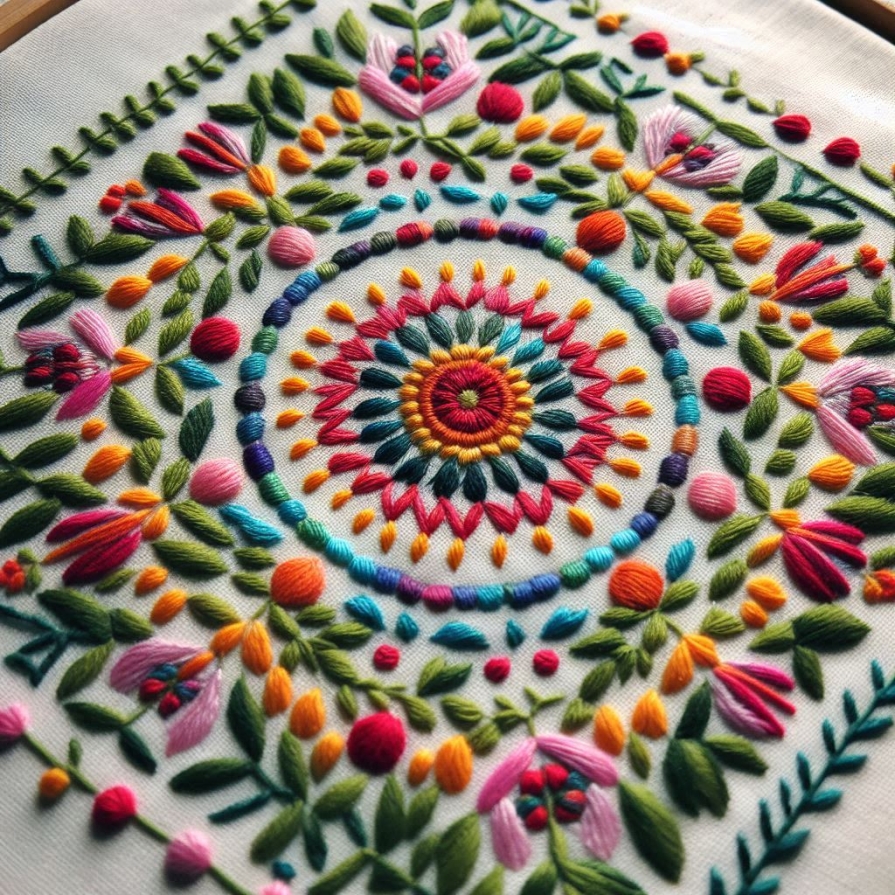
The blanket stitch, also known as the buttonhole stitch, is a versatile stitch that creates a series of loops along the edge of the fabric, perfect for finishing edges, creating decorative borders, and attaching appliqués. To create a blanket stitch, bring your needle up through the fabric at the edge, make a small stitch forward, and bring the needle up again, catching the loop of the previous stitch. This process is repeated, creating a series of loops along the edge.
The blanket stitch is particularly effective for finishing edges, as it prevents fraying and adds a decorative element to your work. It can be used with a single strand of thread for a delicate effect or multiple strands for a bolder, more substantial look. This stitch is often used for creating borders, adding a polished finish to appliqués, and creating intricate patterns. By varying the size and spacing of the stitches, you can create different looks, from tight, compact loops to loose, airy ones.
Mastering these ten essential embroidery stitches will open up a world of creative possibilities for your projects. Each stitch offers unique textures and patterns, allowing you to add depth, detail, and beauty to your work. Whether you're outlining shapes with a backstitch, filling in areas with a satin stitch, or adding decorative elements with a French knot or lazy daisy stitch, these techniques will enhance your embroidery and elevate your craftsmanship.
Embroidery is a versatile and rewarding craft that allows you to express your creativity and create beautiful, personalized items. By learning and practicing these essential stitches, you will build a strong foundation for your embroidery skills and gain the confidence to tackle more complex and intricate designs. So pick up your needle and thread, and start exploring the endless possibilities of embroidery.

